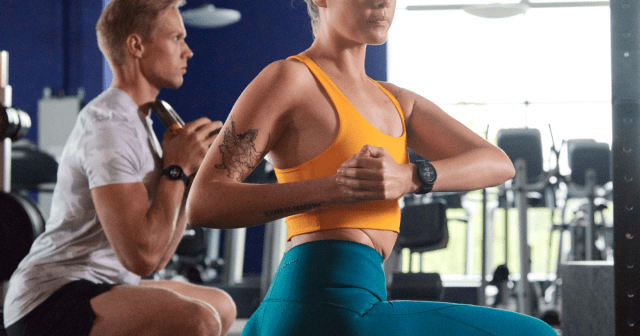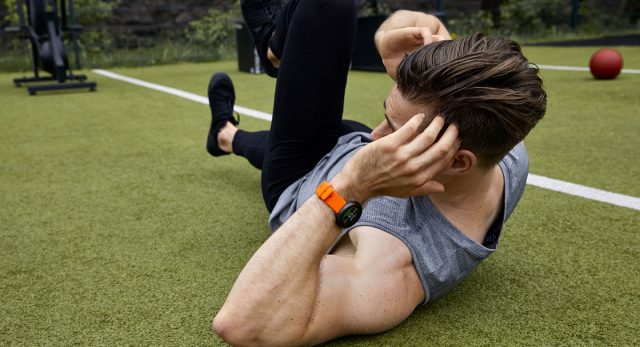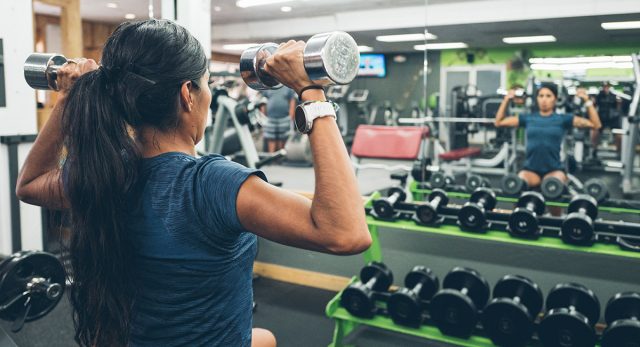Let’s not beat around the bush. Being injured can sometimes feel like the end of the world.
It’s frustrating, time-consuming, and every athlete’s worst nightmare.
Unfortunately, injuries are a sad reality for athletes at some stage in their career (unless incredibly lucky) because our bodies can struggle to keep up with the demands of training, and at times that can mean injury.
Whatever the cause, injuries can stop us in our tracks – literally – but many athletes do manage to return stronger post-rehab. So, before we uncover how they do that, let me share my own experience with injury so you can understand why this subject hits home.
Returning to exercise after injury: my journey
As an athlete, I’ve battled through countless injuries – many chronic. Knee, shin, and Achilles injuries are common among runners, so I understand firsthand the toll injury takes on the body. However, of equal importance is the impact it has on the mind.
With each new injury, I’ve been forced to re-assess my upcoming goals, look for new ways to release my stress (as exercise is my stress-buffer), and learn ways to remain optimistic as I watch those around me crushing their training goals. To be quite frank, I would say I’m constantly in fear of being injured.
After a year of intermittent pain in my right hip, post-collegiate track and field, I urgently needed a hip arthroscopy to shave part of my bone so it could fit properly into my hip socket. With training and prolonged inflammation, this bone had created a large cyst in my hip and significant cartilage damage, and I was told this surgery would inhibit me from training the way I wanted to for at least six months.
The news hit like a tonne of bricks, and I figured the sooner I had the surgery, the sooner I would be back competing in triathlons and other running races. Unfortunately, it wasn’t that simple.
The weeks after my operation were physically and mentally grueling. I remember my partner needing to help me simply use the bathroom because I couldn’t easily stand up/down. I also remember bursting into tears one day as the sock I was trying to put on my foot dropped to the floor and I realized how much it was going to hurt to pick it up.
The reality that was dawning on me was that it was going to take much longer than six months before returning to exercise after an injury. It actually turned out to be at least one year before my pre-op training was possible.
During this time, the mental toll far outweighed any physical pain as I felt like I’d lost part of my identity. Formerly a proud runner, I found myself suddenly feeling a kind of resentment in the pit in my stomach that it wasn’t me out there pounding the pavements.
For the best part of a year post-op, I was instead forced to focus on my mental resilience as I made daily treks to the gym on my crutches where I would perform the most basic of rehabilitation exercises.
While it was an exhausting time, I can now say these were some serious character-building moments. I truly learned what it means to stay motivated. So here are my key recommendations for returning to exercise after an injury.
Routine is Key
If sport is a daily ritual for you, you’ll suddenly find a gap in your day that used to be devoted to working out. However, almost all injuries require rehabilitation exercises from either a sports doctor or physiotherapist. So my top tip would be to avoid wasting your newfound time scrolling on Instagram or watching TV. Instead, fill this gap with a daily trip to the gym to get your rehab done.
I struggle to find the motivation to work out at home, so I joined a gym when I was coming back from hip surgery to force myself to make this everyday commitment. Understandably, many gyms are still closed because of Covid-19. However, the point remains, that you need to schedule your rehab each day in order to keep you on track.
Lose the Ego
I can wholeheartedly say that I’ve always struggled most with this little nugget of wisdom. Coming back from hip surgery, I quickly learned that, despite my mind being ready to pick up the same weights and run as fast as I did pre-operation, my body needed much more time to heal.
During this time, my teammate gave me some solid advice: ‘ditch the ego, Lucy’. This served as a serious reminder that trying to do exercises before your body is ready (and still injured) is more harmful than helpful. So, for a while anyway, try ditching the ego!
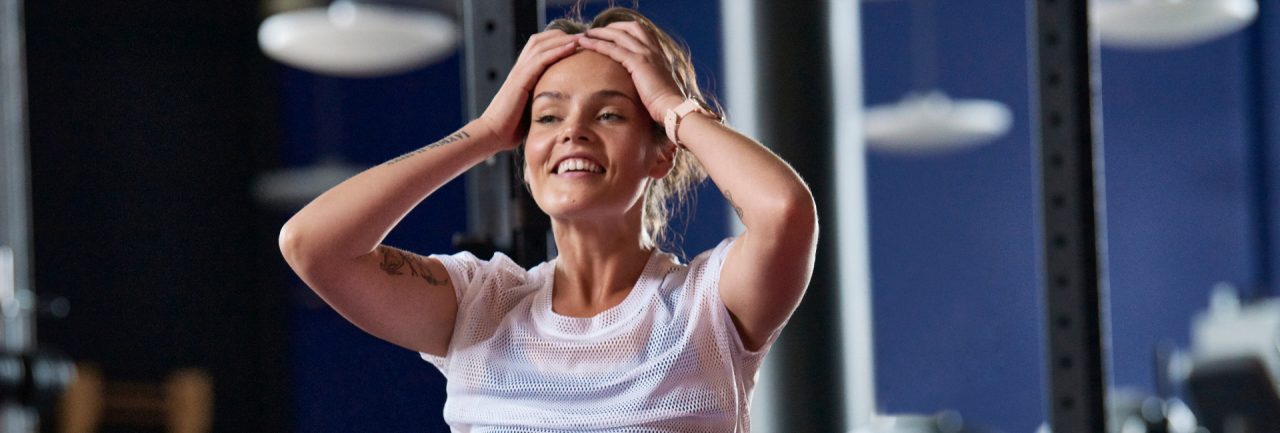
Celebrate the Small Wins
I remember almost crying with excitement when I managed my first post-hip surgery jog/walk workout (jog for one minute, walk for two). Why the emotion? Because it felt like the first serious step back to running and racing.
When returning to exercise after an injury, it’s really important to celebrate the small milestones and remind yourself that great achievements are the accumulation of many small steps. I also advocate letting others in on your excitement so they too can help remind you of these accomplishments on the days you may be feeling a little down or sorry for yourself.
Ride the Lows
As someone who practices daily meditation, I’ve learned what it means to ‘sit with your feelings’. Meditation reminds you that your emotions are like waves that will come and go. Sometimes, in order to release negative self-talk, you need to first notice what you’re feeling – welcoming it in so you can send it on its way. Believe me when I say: this isn’t fluff talk.
There will be many days when your injury will cause you to feel low, especially when you’re denied the endorphin rush from exercise. However, strange as it may sound, accepting this is the first stage to feeling better. Notice your feelings, be kind to yourself, and then wave goodbye to negative mental chatter kindly. I believe practicing loving-kindness towards yourself and how you feel is the only way to ride through the lows.
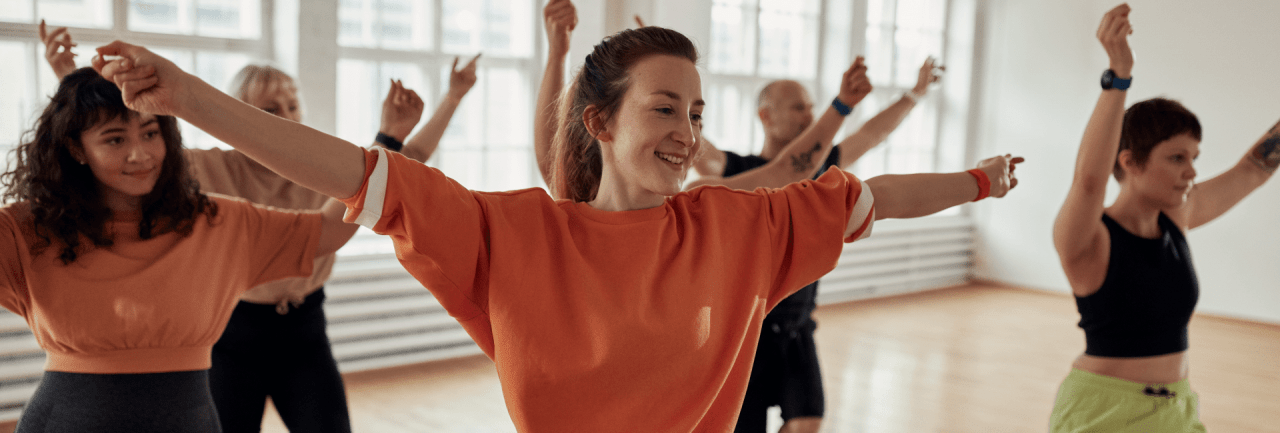
Find Your People
Your support network is invaluable when you are injured. While it is possible to rehabilitate post-injury by yourself, it’s much easier with loved ones cheering you on. Remember: it’s okay to ask for help when you need it and those who know you well will understand the toll that being away from your sport is taking on you.
Take people up on their offers to help. I finally gave in and allowed my colleagues to carry my laptop and books between meetings while I hobbled on crutches. Most people really do want to help others. Lean on your network and let others in on your journey.
Embrace Hobbies Outside Your Sport
Remember that thing you always wanted to try but never had time to? Well, the ironic upside of being injured is that you often have more time, given you no longer need to commute to training and workouts.
While it’s important to save time for rehab and stretching (if appropriate), think about an activity outside of sport that’s always sparked your curiosity, and give it a go. Having a new pastime that keeps you mentally engaged is an amazing way to generate confidence and a positive outlook during a time that may feel grim.
Trust the Process
It’s no secret that returning to exercise after an injury can take time and there will be bumps along the way. However, trust that your body is designed to heal itself and is trying to do that as quickly as it can. It’s good to remember that your mind and body are on the same team. Help your body by trusting that it will do everything it can to return to normal if you continue your daily rehab and recovery.
Recovering from an injury is no easy feat, and as many athletes have proven, the comeback can be stronger than the setback. Just like in everyday life, there will be challenges thrown your way that you need to tackle in order to come out the other side. Whatever the injury, whatever the challenge, remember that limits begin where vision ends. So, stay positive, trust the rehabilitation ‘grind’, and press on to victory.
If you liked this post, don’t forget to share so that others can find it, too.
Or give it a thumbs up!
I like this article
Please note that the information provided in the Polar Blog articles cannot replace individual advice from health professionals. Please consult your physician before starting a new fitness program.

